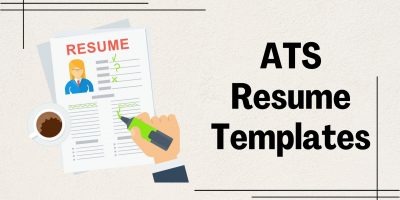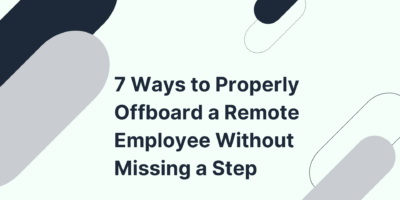
ATS Resume Templates
From remote work integration to cutting-edge recruitment tech, explore the transformative shifts in the staffing industry.

A great onboarding process can make a major difference in retention. Employee onboarding can make or break an employee’s career at a company, setting them up for success or leaving a new hire unsure of how to navigate their new role. Here are 120+ onboarding statistics that show how valuable this process can be for a company.



By carefully planning the onboarding process, companies can give new hires the tools, information, and relationships they need to be confident and comfortable enough to do an outstanding performance at work. With great onboarding, a company can utilize a new employee’s talents and enjoy the perks of employee longevity and loyalty.
Browse our curated list of vendors to find the best solution for your needs.
Subscribe to our newsletter for the latest trends, expert tips, and workplace insights!

From remote work integration to cutting-edge recruitment tech, explore the transformative shifts in the staffing industry.

Empower middle management to navigate the Great Resignation by addressing burnout and providing essential support. Discover how age, gender, and race influence this transformative workforce trend.

How easy it is to offboard a remote employee? In fact, it might be more complicated. Having an offboarding checklist can help make sure you don’t miss anything.
Explore the functionalities of applicant tracking systems (ATS) with our detailed guide, uncovering the tools and features that streamline your recruitment process.
Used by most of the top employee benefits consultants in the US, Shortlister is where you can find, research and select HR and benefits vendors for your clients.
Shortlister helps you reach your ideal prospects. Claim your free account to control your message and receive employer, consultant and health plan leads.